Articles by Snehal Fernandes
Drugs can slow down dementia, says research on fruit flies
Researchers said while some drugs are given to patients to alleviate the symptoms of neurodegenerative disorders, there is little understanding of how they work on the brain

Published on Mar 19, 2017 11:59 PM IST
Hindustan Times | Snehal Fernandes, Mumbai
A year after KAPS-1 heavy water leak, corrosion spots found: AERB
The inspection team found similar corrosion spots on the outer surface of the channels removed from KAPS-2, after a minor leak last year
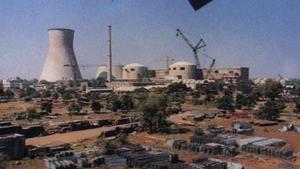
Published on Mar 19, 2017 12:17 AM IST
Hindustan Times | Snehal Fernandes, Mumbai
Maharashtra most vulnerable to hailstorms: IMD
Issuing timely warnings and Agromet advisories before and after hailstorms will help farmers to protect the crop and minimise loss
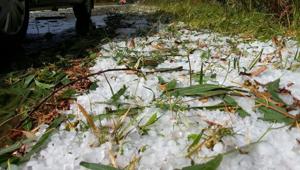
Updated on Mar 17, 2017 12:24 AM IST
Hindustan Times | Snehal Fernandes, Mumbai
International scientists can access Astrosat data after 6 months
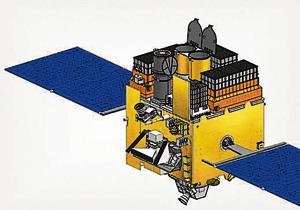
Updated on Mar 11, 2017 12:32 AM IST
Hindustan Times | Snehal Fernandes, Mumbai
Texting while driving? You will take twice the time to react to a mishap
A study by the Indian Institute of Technology – Bombay (IITB) found that the response time of Indian drivers distracted by mobile phones – when put on a driving simulator – varied based on the task vis-à-vis the situation they encountered

Updated on Mar 13, 2017 07:37 PM IST
Hindustan Times | Snehal Fernandes, Mumbai
Mumbai start-up uses solar energy to preserve seasonal produce, tackle undernourishment
The team plans to write to the state women and child welfare and tribal departments with the proposal to introduce solar conduction dryers in villages

Updated on Mar 03, 2017 10:33 PM IST
Hindustan Times | Snehal Fernandes, Mumbai
Pollutants blocking sunlight, affecting visibility in cities like Mumbai, Delhi
A two-member team from the Centre for Astroparticle Physics and Space Science (CAPSS), Bose Institute, Kolkata, found very high Aerosol Optical Depth (AOD), which signifies very high atmospheric aerosol loading – suspension of solid and liquid particles in the air – between 2004 and 2015 in 29 Indian cities.

Updated on Feb 20, 2017 08:49 AM IST
Hindustan Times | Snehal Fernandes, Mumbai
E-waste concentration in Indian soil is twice the global average, claims study
These persistent organic pollutants (POP) stay in the environment for longer periods, get dispersed over long distances, and accumulate in the fatty tissue of humans, land and marine animals.

Updated on Mar 14, 2017 03:36 PM IST
Hindustan Times | Snehal Fernandes, Mumbai
Decoded: Why people fled Jaisalmer’s ghost villages 200 years ago
New studies suggest that the villages could have been destroyed in an earthquake 200 years ago

Updated on Feb 20, 2017 10:55 AM IST
Hindustan Times | Snehal Fernandes, Mumbai
Erratic rains, urbanisation make summers hotter in Delhi, Mumbai and 23 cities
Erratic monsoon rain and rapid urbanisation are making the Indian summer hotter and more humid, especially in Mumbai, Delhi and another 23 cities that have a combined population of 116 million people.

Updated on Feb 06, 2017 08:51 AM IST
Hindustan Times | Snehal Fernandes, Mumbai
In Mumbai: 35.3% premature deaths were results of stroke because of air pollution
Most premature deaths in Mumbai and Delhi over two decades were caused by stroke (a medical condition that occurs when blood supply to the brain is cut off), due to inhalation of ultrafine suspended particles, revealed a study by the Indian Institute of Technology – Bombay (IITB).
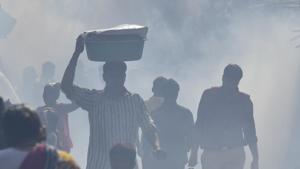
Updated on Jan 20, 2017 11:52 AM IST
Hindustan Times | Snehal Fernandes, Mumbai
‘Mumbai-Delhi spent Rs49,0559 crores to treat diseases due to poor air in 2015’
Deaths due to air pollution in Mumbai and Delhi have doubled over the last 25 years, and together with chronic bronchitis, it accounts for 95% of premature deaths in two of India’s biggest cities, found a study by the Indian Institute of Technology – Bombay (IITB)
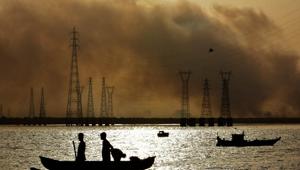
Updated on Jan 20, 2017 08:42 PM IST
Hindustan Times | Snehal Fernandes, Mumbai
Speech difficulties? IIT-Bombay app helps you communicate
The app, called Jellow Communicator, can be used by children with cerebral palsy, autism spectrum disorder, Down syndrome and brain injury, and adults who have lost their speech to a stroke.

Updated on Jan 17, 2017 09:40 AM IST
Hindustan Times | Snehal Fernandes, Mumbai
Mumbai region has a quarter of India’s bird species: new pocket guide
‘Birds of the Mumbai region’, a pocket guide, by naturalist Sunjoy Monga, has documented more than 350 species – that’s nearly a quarter of the Indian avifauna – flying over 4,300 sq km of MMR, as well as Sahyadri hills (Western Ghats), including Bhimashankar, Mahabaleshwar, Malshej.

Updated on Jan 13, 2017 01:07 PM IST
Hindustan Times | Snehal Fernandes
Mumbai fares better than Thane, Panvel and Navi Mumbai in air pollution survey
Suspended particulate matter in air in most parts of the state were almost two times the safe limits in 2015, revealed an assessment of air pollution in Indian cities by not-for-profit Greenpeace India on Wednesday.
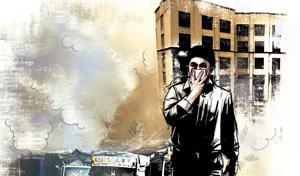
Published on Jan 12, 2017 12:29 AM IST
Hindustan Times | Snehal Fernandes, Mumbai
Rotten tomatoes? A Mumbai start-up will now keep them fresh for over a month
A Mumbai-based startup has developed a packing technology to store tomatoes, that will increase the life of the perishable vegetable.

Updated on Jan 11, 2017 11:14 PM IST
Mumbai, Hindustan Times | Snehal Fernandes
Urban green cover helps reduce heat, says IIT-B study
The five-member team said the study findings point to increasing public health facilities in non-urban regions to combat health hazards from heat waves
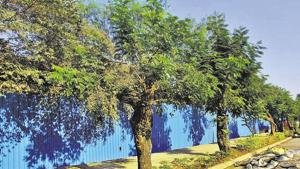
Updated on Jan 10, 2017 04:00 PM IST
Hindustan Times | Snehal Fernandes, Mumbai
IIT-B microsatellite Pratham sends signal after two months
Beacon signal is the signature of the satellite, which on decoding tells it’s ‘Pratham, student satellite of IIT-Bombay’; it also means that the satellite is live, stable and operational...
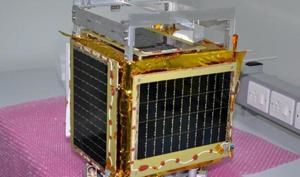
Published on Dec 19, 2016 11:50 PM IST
Hindustan Times | Snehal Fernandes, Mumbai
Not just black holes, neutron stars too generate gravitational waves: TIFR-MIT study
Ten months after the discovery of gravitational waves created by the merger of two black holes, scientists from the Tata Institute of Fundamental Research (TIFR), Mumbai, and Massachusetts Institute of Technology (MIT) have identified another celestial object that could be generating gravitational waves

Published on Dec 18, 2016 01:16 AM IST
Hindustan Times | Snehal Fernandes, Mumbai
World Energy Conservation Day: Save on your power bills, save the planet
You can go green by using appliances and gadgets that are energy-efficient; this helps bring down not only carbon emissions, but also your electricity bills

Updated on Dec 14, 2016 09:48 AM IST
Hindustan Times | Snehal Fernandes, Mumbai
At 15.7°C, Saturday was the coldest day this winter: IMD
City to stay cool over next two to three days
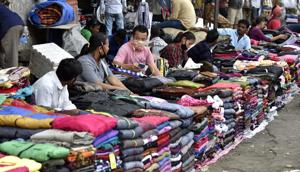
Updated on Dec 11, 2016 12:57 AM IST
Hindustan Times | Snehal Fernandes, Mumbai
Earlier draft had banned construction within 1km from SGNP
While the draft notification allowed no new constructions within 1km of the park’s boundary, and made no mention of the Metro III car shed, the final notification has done away with the restrictions.

Updated on Dec 10, 2016 12:20 AM IST
Hindustan Times | Snehal Fernandes, Mumbai
Maharashtra govt to treat waste of 4 civic bodies along Ulhas river
Currently, the river is heavily polluted with untreated domestic and industrial effluents
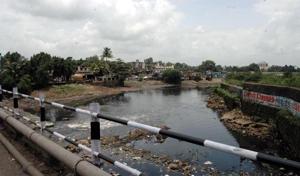
Updated on Dec 08, 2016 12:01 AM IST
Hindustan Times | Snehal Fernandes, Mumbai
Centre marks buffer zone around Sanjay Gandhi National Park, allows construction work
The Union environment ministry on December 5 issued a notification, demarcating an area upto a radius of 4km around Sanjay Gandhi National Park, (SGNP) Borivli, as a buffer zone, where construction work as per law could be carried out. It has declared the area an eco-sensitive zone (ESZ)

Published on Dec 07, 2016 09:54 AM IST
Hindustan Times | Snehal Fernandes, Mumbai
Eureka! 4 scientists from Tata institute discover new superconductor
In a first, a four-member team of scientists from the Tata Institute of Fundamental Research (TIFR), Navy Nagar, has discovered superconductivity in Bismuth — the 83rd element in the periodic table. Superconductors are materials that have no resistance to the flow of electricity.

Published on Dec 06, 2016 09:24 AM IST
Hindustan Times | Snehal Fernandes, Mumbai
Air in Mumbai continues to be poor
Of 10 locations, Andheri, BKC, Malad and Navi Mumbai, recorded ‘very poor’ air. Places at Chembur, Borivli, Worli, and Colaba witnessed ‘poor’ air quality levels. Only two locations – Bhandup and Mazagaon – recorded ‘moderate’ air quality.
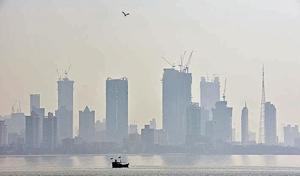
Published on Dec 03, 2016 01:08 AM IST
Hindustan Times | Snehal Fernandes, Mumbai
The air we breathe: Mumbai’s toxic road junctions can stop traffic, your heart
A study led by the National Environmental Engineering Research Institute (NEERI) at 33 traffic junctions across the city found the average concentration of PM10 (particulate matter of less than 10 microns in diameter) to be maximum at Dindoshi at 2,709 micrograms per cubic metre (ug/m3) — that is 27 times the permissible limit of 100ug/m3
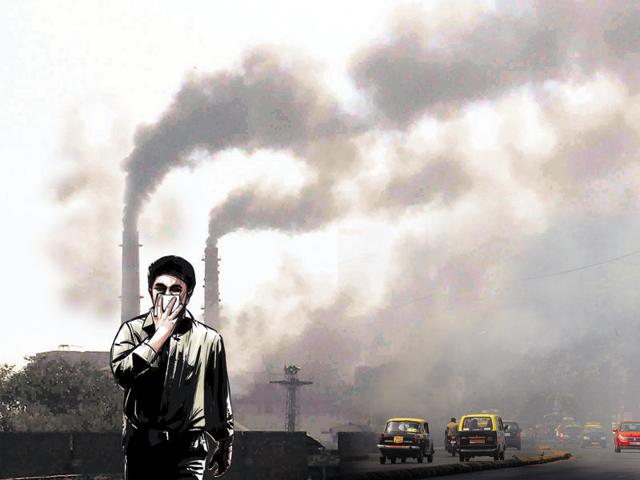
Updated on Nov 28, 2016 01:24 PM IST
Hindustan Times | Snehal Fernandes, Mumbai
Urbanising areas are likely to witness extreme rainfall: Study by IIT Bombay
Using a data-driven technique, a five-member team found a link between the extent of urbanisation and changing characteristics of rainfall extremes.
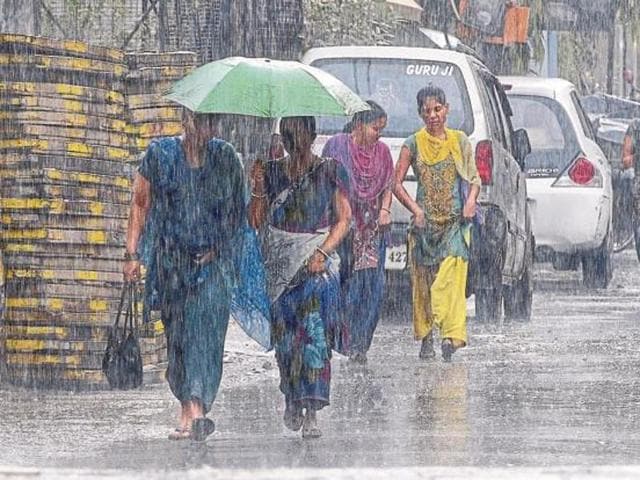
Updated on Nov 24, 2016 12:09 AM IST
Hindustan Times | Snehal Fernandes, Mumbai
India now CERN associate member, to have a say in European experiments
With the exception of not being able to vote, India as an associate member state will sit on the CERN council and have a stronger voice in scientific and finance meetings.
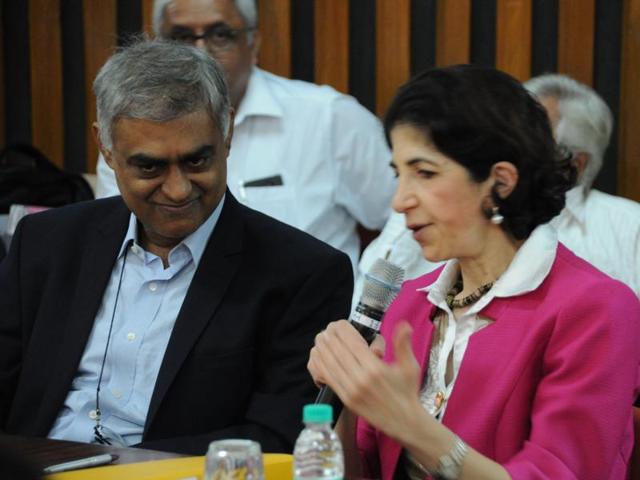
Updated on Nov 22, 2016 01:33 AM IST
Hindustan Times | Snehal Fernandes, Mumbai
Phase out mercury from hospitals, green body tells state
Long-term exposure to the toxic metal affects the nervous system, brains, lungs and kidneys

Published on Nov 16, 2016 11:54 PM IST
Hindustan Times | Snehal Fernandes, Mumbai






